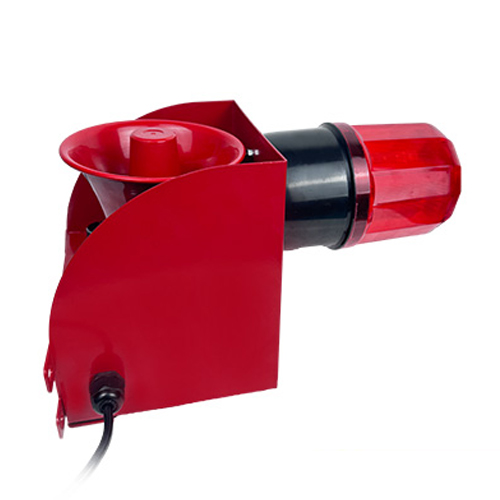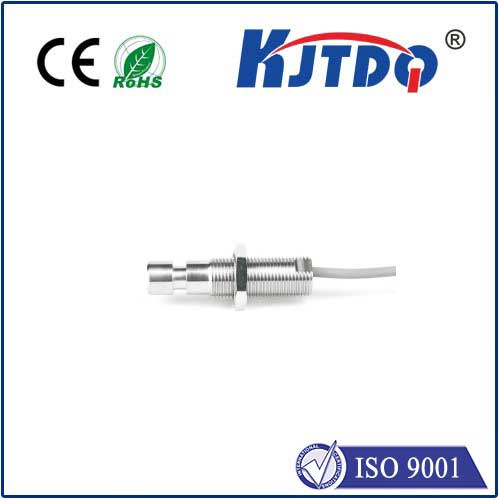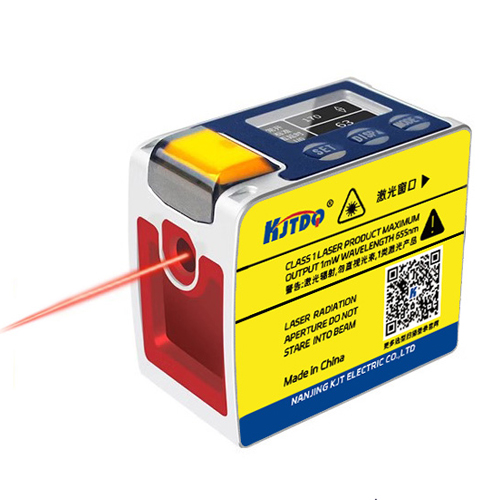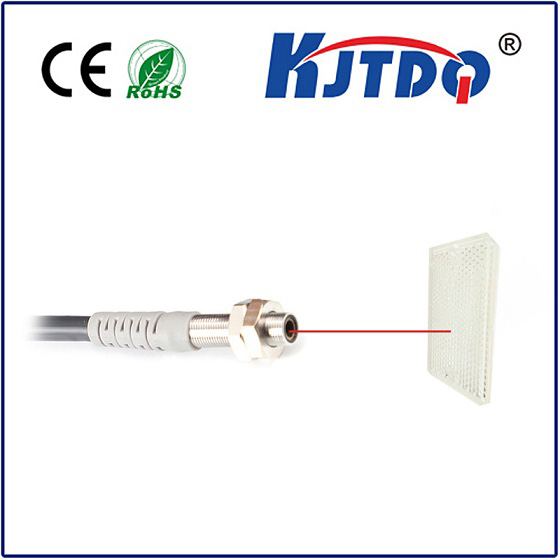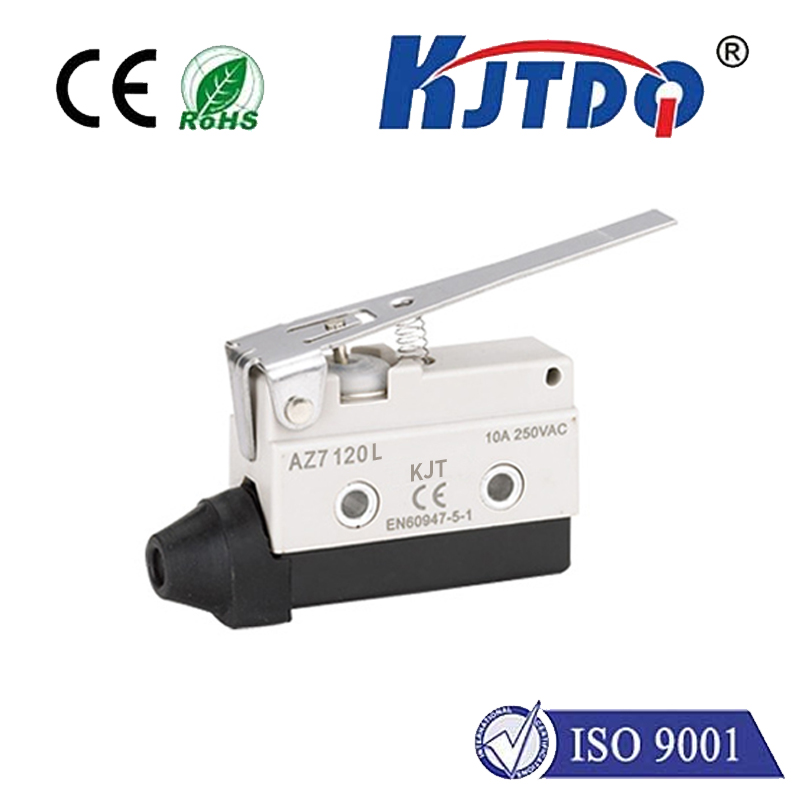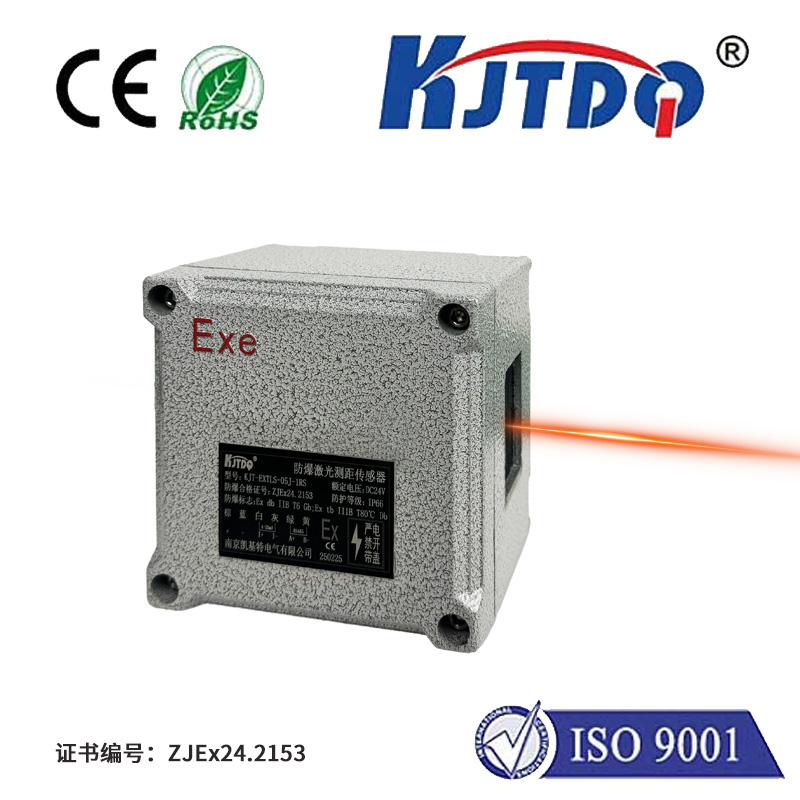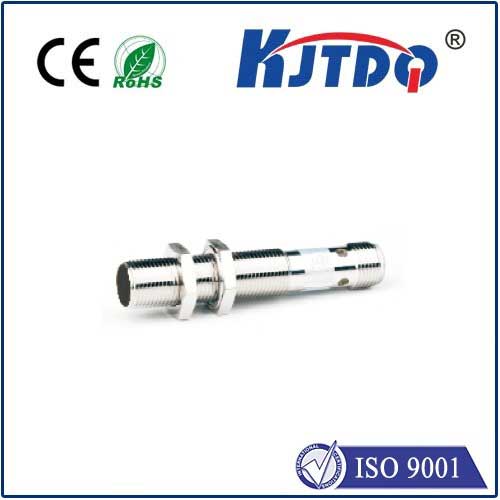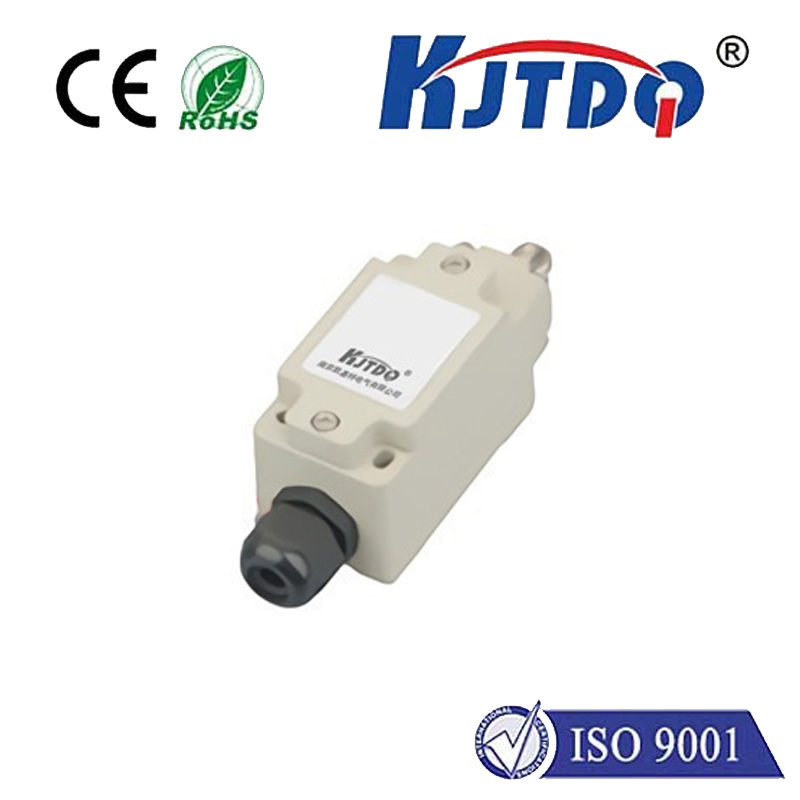fiber bragg grating strain sensor
- time:2025-08-13 17:27:52
- Нажмите:0
Unlock Precision: How Fiber Bragg Grating Sensors Revolutionize Structural Strain Measurement
For decades, accurately measuring strain – the deformation of materials under load – has been critical for ensuring the safety and longevity of structures, from soaring bridges to aircraft wings. Traditional strain sensors, often based on electrical resistance (like strain gauges), have served this purpose. Yet, they face limitations: susceptibility to electromagnetic interference (EMI), challenges in harsh environments, and difficulty achieving distributed measurements over large areas. Enter the Fiber Bragg Grating (FBG) strain sensor, a sophisticated optical technology rapidly transforming structural health monitoring (SHM) and setting new benchmarks for precision, reliability, and versatility.
What Exactly is a Fiber Bragg Grating Strain Sensor?
At its heart, an FBG strain sensor leverages a fascinating phenomenon inscribed directly into the core of an optical fiber. A Fiber Bragg Grating is a periodic modulation of the refractive index within the fiber core. Think of it as a series of microscopic, semi-reflective mirrors permanently etched into the glass fiber.
This clever structure acts like a highly selective optical filter. When broadband light travels down the fiber, the FBG reflects one specific wavelength, known as the Bragg Wavelength (λ_B), while transmitting all others. The magic lies in the direct relationship between this reflected wavelength and the physical state of the fiber grating itself. Crucially, λ_B depends on two things: the period of the grating (Λ) and the effective refractive index of the fiber core (n_eff). Both of these parameters change when the fiber is subjected to strain (stretching or compression) or temperature fluctuations.

The Core Principle: Light as the Messenger
The fundamental working principle underpinning FBG strain measurement is strikingly elegant:
- Induce Strain: Applying mechanical load to the structure deforms the optical fiber containing the FBG.
- Grating Deformation: This deformation alters the grating period (Λ).
- Shift in Reflected Light: The change in Λ (and potentially n_eff due to the photo-elastic effect) causes a definitive, measurable shift in the reflected Bragg wavelength (Δλ_B).
- Precise Measurement: Sophisticated interrogation units detect this minute wavelength shift with exceptional resolution (often down to picometers). This detected shift (Δλ_B) is directly proportional to the applied strain (ε).
In essence, the FBG strain sensor translates physical deformation into a shift in the color of light it reflects. Measuring this color shift provides an incredibly accurate gauge of the strain experienced by the structure to which the sensor is bonded or embedded.
Why FBGs Are Outshining Traditional Strain Sensors
The rise of FBG technology in sensing applications isn’t accidental. It offers a compelling array of advantages:
- Immunity to Electromagnetic Interference (EMI): As purely optical devices, FBG sensors operate flawlessly in environments saturated with electrical noise – near heavy machinery, high-voltage power lines, or within MRI facilities – where conventional electrical sensors falter.
- Intrinsic Safety: They require no electrical power at the sensing point, eliminating spark risks. This makes them ideal for hazardous locations like oil & gas refineries, mines, or areas with flammable atmospheres.
- Exceptional Durability and Long-Term Stability: Composed primarily of fused silica (glass), FBG sensors are highly resistant to corrosion, moisture, radiation, and chemical attack. They exhibit minimal drift over time, ensuring reliable, long-term measurements critical for infrastructure monitoring.
- Multiplexing Capability: This is a game-changer. Multiple FBG sensors, each reflecting light at a slightly different Bragg wavelength, can be easily inscribed along a single optical fiber cable. An interrogation unit can read all these sensors simultaneously. This allows for truly distributed sensing along large structures (like pipelines, dams, or aircraft fuselages) or dense arrays in complex geometries, significantly reducing cabling complexity and cost compared to point-sensor networks.
- High Accuracy and Sensitivity: FBGs provide strain measurements with high resolution and accuracy, suitable for detecting minute structural changes.
- Small Size and Light Weight: Their compact, lightweight nature minimizes the impact on the host structure and enables embedding within composite materials without compromising integrity.
- Remote Operation: Optical signals can travel tens of kilometers with minimal loss, allowing sensors to be located far from the interrogation unit. This is invaluable for monitoring remote infrastructure.
Where FBG Strain Sensors Truly Shine: Key Applications
The unique strengths of FBG strain sensing make it indispensable across diverse demanding sectors:
- Civil Engineering & Infrastructure: Continuous monitoring of bridges, dams, tunnels, buildings, and historical monuments for stress, load distribution, deformation, and early detection of damage or fatigue. Their long-term stability and multiplexing are perfect for these vast, long-lived structures.
- Аэрокосмическая деятельность: Embedding FBG arrays within composite wings, fuselages, and landing gear enables real-time assessment of structural integrity, load monitoring during flight, and fatigue testing validation. Their lightweight and EMI immunity are critical advantages.
- Power Generation & Energy: Monitoring strain in wind turbine blades (critical for performance and preventing catastrophic failure), pipelines (detecting ground movement, third-party interference, or strain from internal pressure/temperature), and supporting structures in power plants (including nuclear facilities due to radiation resistance).
- Transportation: Ensuring the structural health of railway tracks, train carriages, ship hulls, and critical automotive components under dynamic loads and over extended service lives.
- Geotechnical Engineering: Measuring ground movement, settlement, and strain in retaining walls, piles, and foundations using specially packaged FBG sensors.
- Composite Materials Manufacturing & Testing: Embedding FBGs during layup allows manufacturers to monitor curing-induced strains in real-time and subsequently track performance under load during product qualification, providing invaluable data for design optimization.
The Future is Bright (and Measured in Wavelengths)
Fiber Bragg Grating strain sensor technology has matured into a cornerstone of modern structural health monitoring. By converting mechanical strain directly into precise optical wavelength shifts, it overcomes the inherent limitations of legacy electrical sensors, offering superior reliability, resilience, and the powerful ability to monitor vast structures from a single cable. As the demand for smarter infrastructure, safer transportation, and more efficient energy systems grows, the role of FBGs in delivering critical, real-time structural data will only become more pronounced. For engineers seeking accurate, robust, and future-proof strain measurement, the answer increasingly lies written in light, within the core of an optical fiber.

